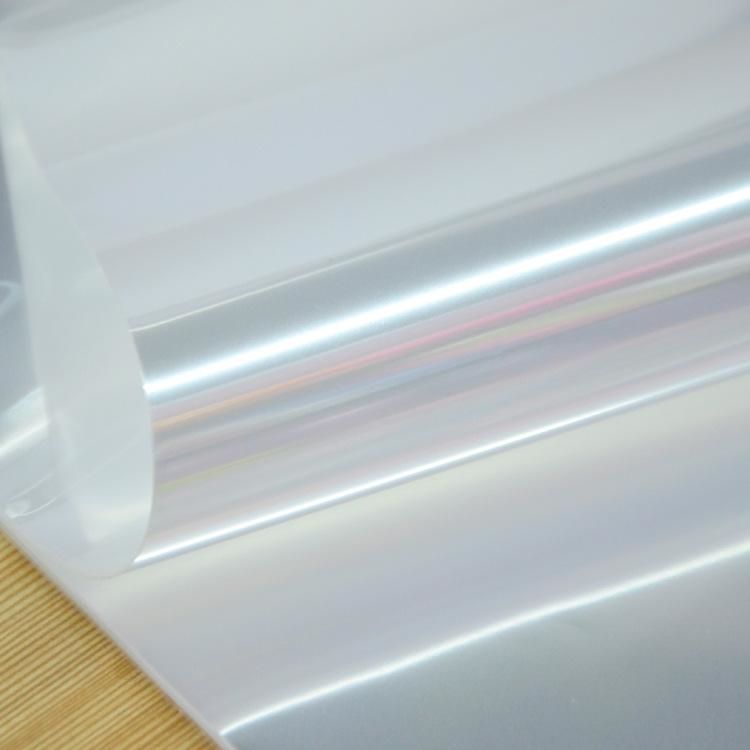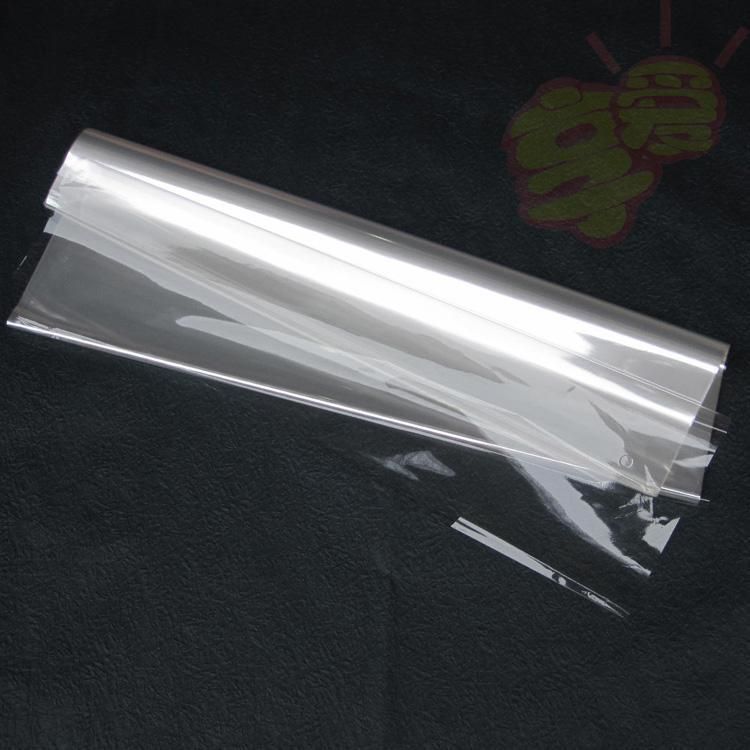Cellophane is the oldest clear packaging product used to wrap cookies, candies and nuts. Cellophane was first marketed in the United States in 1924 and was the primary packaging film used until the 1960s. In today’s more environmentally conscious market, cellophane is making a comeback. Because cellophane is 100% biodegradable, it is seen as a more environmentally friendly alternative to existing packaging. Cellophane also has an average water vapor rating as well as excellent machinability and heat sealability, adding to its current popularity in the food packaging market.
Unlike man-made polymers in plastics, which are mainly derived from petroleum, cellophane is a natural polymer made from cellulose, which is a component of plants and trees. Cellophane is not made from rainforest trees, but from trees grown and harvested specifically for cellophane production.
Cellophane is made by digesting wood and cotton pulp in a series of chemical baths that remove impurities and break down the long fiber chains in this raw material. Regenerated into a clear, glossy film with plasticizing chemicals added to improve flexibility, the cellophane is still mostly composed of crystalline cellulose molecules.
This means that it can be broken down by microorganisms in the soil like leaves and plants. Cellulose belongs to a class of compounds in organic chemistry called carbohydrates. The basic unit of cellulose is the glucose molecule. Thousands of these glucose molecules clump together during the plant’s growth cycle to form long chains called cellulose. These chains, in turn, break down during production to form cellulose films that are used in uncoated or coated form in packaging.
When buried, uncoated cellulose films typically degrade in 10 to 30 days; PVDC-coated films were found to degrade in 90 to 120 days, and nitrocellulose-coated cellulose degraded in 60 to 90 days.
Tests have shown that the average total time to complete biodegradation of cellulose films is 28 to 60 days for uncoated products and 80 to 120 days for coated cellulose products. In lake water, the biodegradation rate was 10 days for the uncoated film and 30 days for the coated cellulose film. Even materials that are considered highly degradable, such as paper and green leaves, take longer to degrade than cellulose film products. In contrast, plastics, polyvinyl chloride, polyethylene, polyethylene terephthalate and oriented polypropylene showed little sign of degradation after prolonged burial.
Cellophane films are used in a variety of packaging applications, including:
– Candy, especially twist wrap
– Cardboard lamination
– Yeast
– soft cheese
– Tampon packaging
– Various industrial applications such as substrates for self-adhesive tapes, permeable membranes in semi-certain types of batteries, and release agents in the manufacture of fiberglass and rubber products.
– food grade
– Nitrocellulose coating
– PVDC coating
- Pharmaceutical Packaging
- adhesive tape
– Color film
Post time: Jan-10-2023



